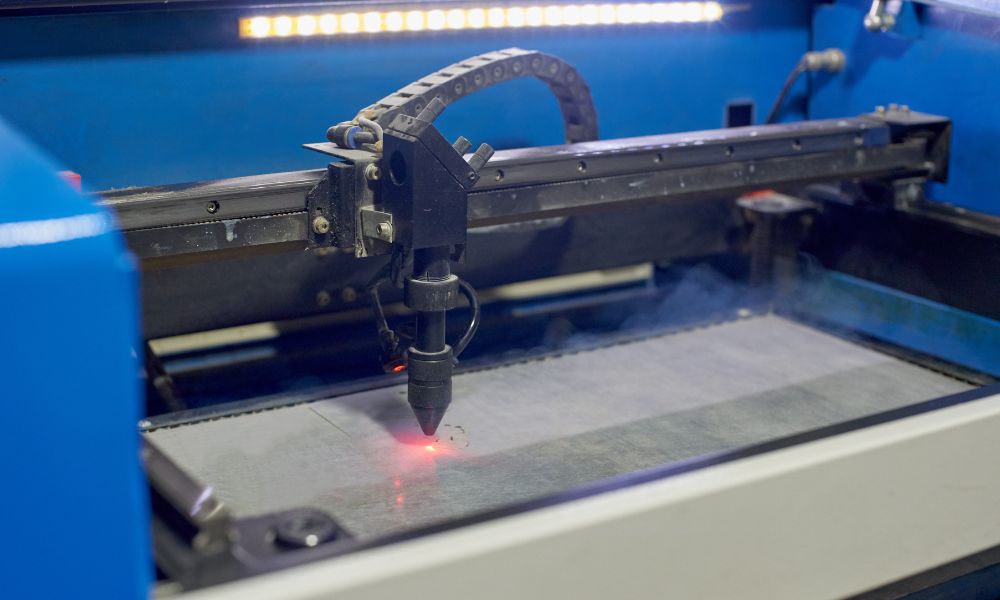The Difference Between Laser Marking, Engraving, and Etching

The differences between laser marking, engraving, and etching concern the laser’s effect on the material surface. The terminology can be confusing because they are all considered laser marking solutions. We’ll explain the key differences that users need to know.
THE DIFFERENCES IN LASER MARKING SOLUTIONS
Laser Marking
Laser marking is when the laser beam interacts with a material’s surface to alter the material’s properties or appearance. A laser marking system uses a low-powered laser beam to slowly cause discoloration, which creates a high-contrast mark without disrupting the material.
The laser beam heats the material and causes oxidation, which changes the color and properties of the material without disrupting or harming the surface. The major difference between laser marking, engraving, and etching is that laser marking is non-destructive but only works on certain materials, like stainless steel, titanium, or silicone, for wire insulation.
Laser Engraving
Laser engraving is distinctive from laser marking because it physically removes material from the surface that it’s treating to expose a noticeable cavity. In laser engraving, the laser uses intense heat to vaporize the material and create a cavity.
Laser engraving is much quicker than marking, as it’s not concerned with damaging the material like laser marking. Laser engraving is excellent for creating personalized markings for metal, plastic, wood, and leather and is often used for things like jewelry and watches.
Laser Etching
Laser etching is considered a subcategory of laser engraving, but instead of vaporizing the material, it uses intense heat to melt the surface material. The melted surface material expands, producing a small raised mark on the surface and color contrast between the melted and non-melted material.
The depth of laser etching is fine, but it’s still noticeable to the naked eye with the color contrast. The melting of the material also changes the texture of the surface, making it rougher.
CONCLUSION
While these are all laser marking solutions, they each offer advantages and are useful for certain applications. If you need to mark a material for industrial or personal reasons, consider the material and the type of mark you need to make to find the ideal laser marking solution for your application.


